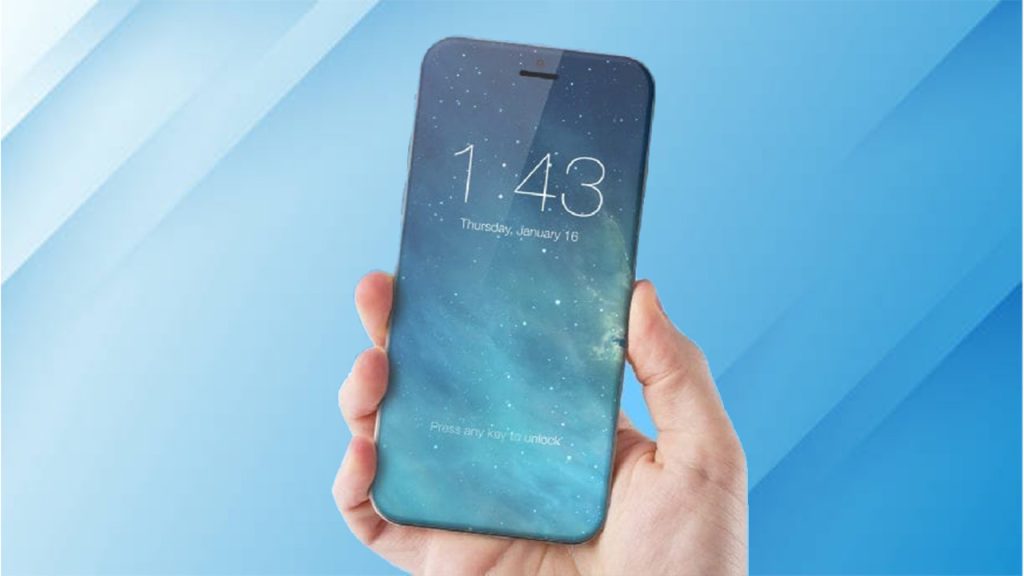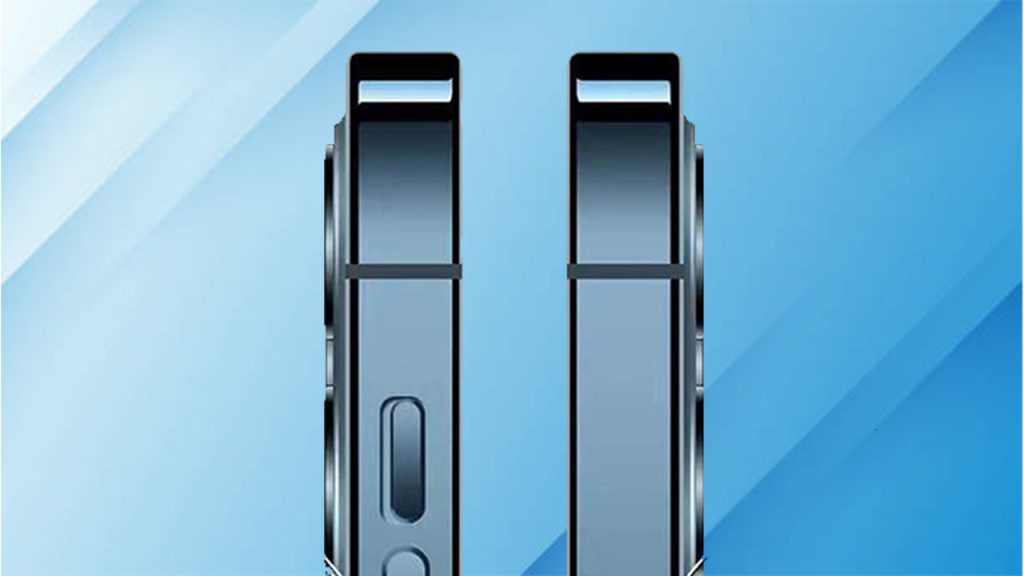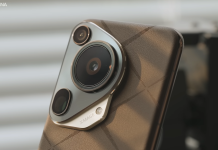Apple has been a force in the smartphone market for years with its iPhones. Even though it sells fewer units than Samsung, the company still makes more money because it sells more high-end models. However, despite this success, some people criticize Apple for not being innovative enough. For example, rivals like the Galaxy S series have been working to perfect the bezel-less full-screen experience for the past few generations. On the other hand the iPhone 12, iPhone 13, and iPhone 14 series have been criticized for their screen to bezel ratios. However, according to recent reports, Apple is working with Samsung Display and LG Display to develop a bezel-less OLED display for the iPhone. Here are the details…
Apple iPhone Bezels Are Getting Smaller, But Will They Ever Disappear?
As you know, Apple prefers to focus on developing its own technology rather than manufacturing it. This means they rely on manufacturers like Foxconn and TSMC to actually make their products like iPhone and Mac. The story is similar for screen technologies. The company doesn’t make their own screens, so they work with companies like Samsung and LG. So, if the tech giant wants to make a phone with a bezel-less OLED display, they’ll have to collaborate with these competitors.

However, creating an iPhone with no bezels is not an easy task. To achieve this, Apple would need to move all the electronic parts that currently live in the bezel to underneath the screen. This involves making big advancements in two technologies called “Thin Film Encapsulation” and Under Panel Camera. TFE, is like a protective coat for the screen, made of several thin layers of special materials. This “coat” protects the OLED screen from getting damaged by moisture and oxygen. Apple is asking for these protective layers to be even thinner than they are now.
In this way, the company plans to achieve a full-screen experience not only by making the frames thin by simply arranging the circuits, but also by placing sensors such as the front camera and Face ID under the screen. Although similar technology is already used in some Android models, the image clarity is not up to par due to insufficiently thin screen layers. Imagine looking through a window with a mosquito net; you can see outside, but the net affects the view’s quality. This could be a problem for a phone known for its camera quality. And it’s not just Apple; other big players like Samsung, Huawei, and Vivo also believe this technology needs more development before it’s ready for their top-tier models.
Furthermore, there are additional concerns to address. Apple is reportedly worried about potential antenna interference, which is a critical issue. Plastic is an excellent material for signal transmission, which is why we can find plastic lines on the stainless steel frames used in iPhones. However, these lines have faced criticism in the past due to their negative impact on the phone’s durability. Despite using plastic frames on the display for smooth signal traffic, they may not be enough to solve the problem.

Relocating the antennas beneath the display could lead to interference with cellular and Wi-Fi signals, creating further complications. As a result, the development of the much-awaited ‘bezel-less’ iPhone might take an extended period to complete. Consequently, Apple’s plans for releasing a smartphone with a bezel-less OLED display remain uncertain. Nevertheless, reports suggest that the company is actively collaborating with Samsung Display and LG Display to overcome these technical challenges. If they succeed, Apple’s bezel-less iPhone would undoubtedly mark a significant innovation in the smartphone market.
RELATED:
- Xiaomi Pad 6 vs OPPO Pad 2: Specs Comparison
- First iPhone Delay in 6 Years? Apple’s iPhone 15 Could Be Delayed
- Apple MacBook Pro and Mac Mini powered by M3 chip to launch next year
- Apple Stores will Let Users Book a Sale and Have their Products Home-delivered
- Apple iPhone 15 Pro series may face shortages over display production issues
(source)







